

The local community describes Mount Lawley as central, walkable and historic with mature trees. To better understand what is means to be ‘a local’ our suburb profile seeks to understand the local stories Koora (past), Yeyi (present), Boordawan (future) and respond to Ngalang Maya (our place). This snapshot identifies the unique character of Mount Lawley’s neighbourhood and helps the City rethink how we deliver services with a local focus
Mount Lawley’s premier retail precinct is situated on Beaufort Street centering on the Walcott Street intersection.
What it means to be a 'local'
Mount Lawley was named in honour of Sir Arthur Lawley, the Governor of Western Australia from May 1901 to August 1902. Mount Lawley was built on land surveyed between 1833 and 1839 and granted to William Layton and John Gregory. The area became renowned as a stopping place for travellers in the 1830s, when Gregory established the Pineapple Inn.
Subdivision of Mount Lawley began in 1892 by the Sydney and Perth Land Building and Investment Company. John Robinson and Samuel Copley acquired land in 1900, which was later developed as the Mount Lawley Estate. The area attracted wealthy business people and high-ranking public servants, with houses built to a high standard. Amenities such as churches and colleges were also provided in order to cater for the local population.
For more information on Mount Lawley's history, visit the Mount Lawley Heritage Walk webpage.
Local community groups
Local community garden
Local market
Local community centres
Local sporting clubs
- Mount Lawley Bowling Club
- Mt Lawley District Cricket Club
- Mt Lawley Inglewood Cricket Club
- Mt Lawley Inglewood Junior Football Club
Local schools
Local focus
These are the top local priorities you've told us are important for Mount Lawley.
What you've told us so far
"Homelessness and anti-social behaviour in public transport."
What we're doing
The City acts as a first responder to homelessness, connecting rough sleepers with appropriate support agencies. Behaviour on public transport falls outside the remit of local government.
Learn more about homelessness and crisis support in the City of Stirling.
What you've told us so far
"Rat running through the Avenues needs to be addressed. Traffic should be encouraged to stay on the main roads (Beaufort, Central Avenue, North Street etc.) to keep them away from the quieter residential streets."
What we're doing
While the City acknowledges concerns about safety and rat running through local roads, previous investigations have indicated these roads are not being used excessively by non-local traffic.
To make a report, call the City's Community Patrol on 1300 365 356 (24/7 services) or report online.
What you've told us so far
"Street lighting. Often very dark esp during winter nights. Large trees block the weak street lighting. Can feel unsafe."
What we're doing
Faulty street lighting can be reported directly to Western Power, which is responsible for the operational management of all street lights.
To report directly to Western Power, call 13 13 51 or complete the online form.
What you've told us so far
"Incentivise the planting of trees on each property and ensure these cannot be cut down unless dangerous to the household."
What we're doing
Through the 2025/26 plan and budget the City will provide free trees to residents.
In addition, the City continues to take a proactive approach to development applications (DAs), with a focus on retaining as many trees as possible. A fast track assessment process is available for DAs which propose to retain established trees. As part of the 2025-26 Budget, a Tree Protection Officer will be appointed to ensure DA requirements are met and that trees are retained and planted where required.
Learn more about the Living Green Program, or sign up to the Living Green newsletter.
Find out more about trees and development in the City.
What you've told us so far
"Protection of the “heritage” of the suburb. Prevention of design control and maintenance of current zoning.”
What we're doing
The majority of suburbs Menora, Mount Lawley and Inglewood are within the City's Heritage Protection Area. Character Retention Guidelines apply to all homes within the Heritage Area and protections against the demolition of traditional homes built before 1960 are also included. In addition to these guidelines and protections, the City's Budget includes funding for Heritage Rebates for eligible property owners to help maintain the original features of their Heritage homes.
Learn more about Heritage and Development in the City.
Facts
Mount Lawley population
Average number of people per household
The average age in Mount Lawley is 38 years old
Top five birthplaces
Median weekly household income
81% of residents are satisfied with liveability
Local plans
Mount Lawley is largely characterised by Federation and Colonial style dwellings with isolated examples of English vernacular revival, art-deco and Californian bungalow styles.
The majority of houses are single detached dwellings on large lots. There are also some group and multiple unit developments dispersed throughout the suburb, particularly around Beaufort Street.
Many of the older character homes are of heritage value, and have been renovated and preserved. The majority of homes in Mt Lawley are of brick and tile construction.
Most retail development in Mount Lawley is situated on Beaufort Street, centering on the Walcott Street intersection. There are also several small local shops dispersed throughout the suburb to satisfy local daily needs.
Recreation opportunities are provided by a number of small local parks and Inglewood Oval. Hamer Park offers facilities for lawn bowls and the park adjoining the Memorial Gardens contains tennis courts and another green for lawn bowls. Mount Lawley contains five local open spaces, one community open space and one district open space.
Mount Lawley hosts a wide range of education facilities. The area contains a campus of Edith Cowan University as well as the WA Academy of Performing Arts and the WA Conservatorium of Music. Mount Lawley Senior High School provides public secondary education and Perth College is a private school for girls. Mount Lawley North Metropolitan TAFE is situated immediately south of the boundary of the City of Stirling and St John of God Hospital is located near the Swan River.
Significant landmarks
The Astor Theatre situated on the corner of Beaufort Street and Walcott Street is one of the suburb's significant landmarks. The Astor, built in 1911 and renovated in the popular art-deco style in 1939, is listed both on the City of Stirling Municipal Inventory and the State Register of Heritage Places.
Beaucott Building situated across the street from Astor Theatre was constructed in 1938 and is also listed on the City of Stirling Municipal Inventory. It is an important representative building from the second period of development of Beaufort Street with aesthetic significance and important townscape value.
Projects and engagements



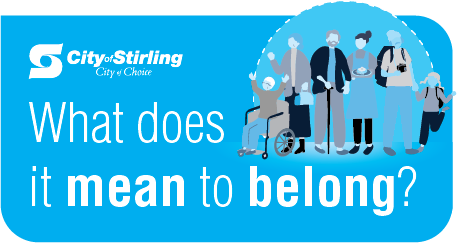
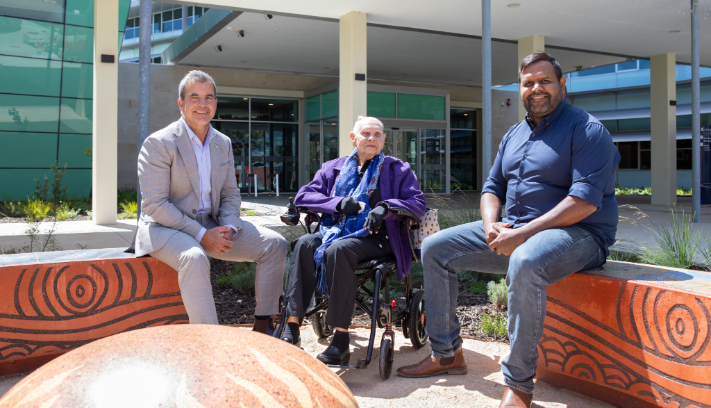
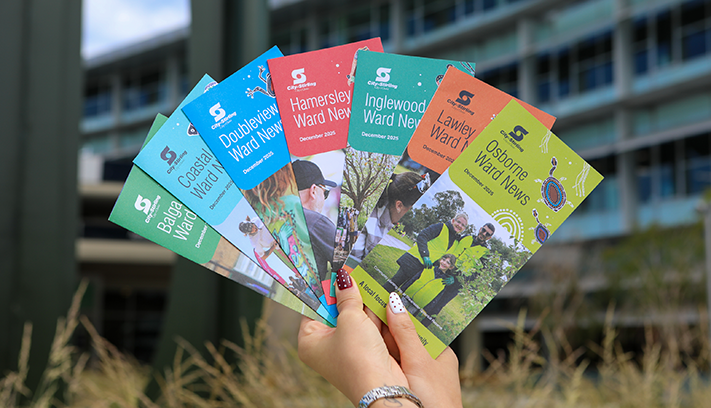
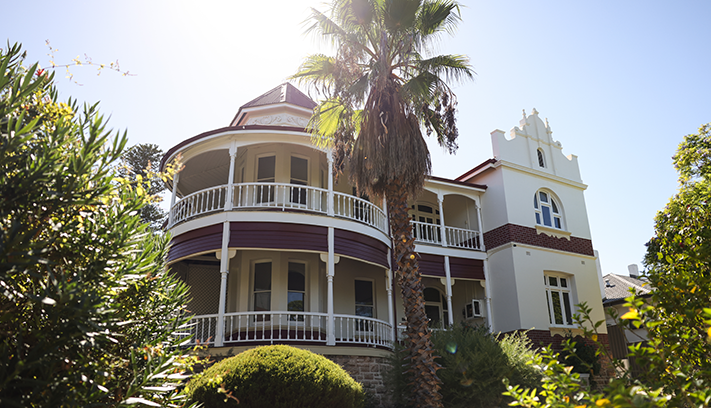

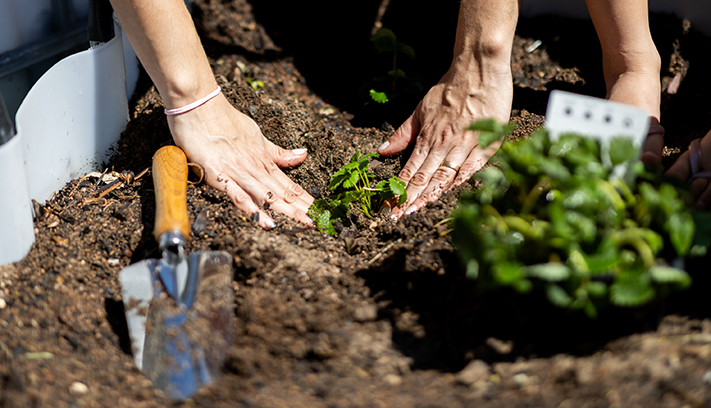


.png)


